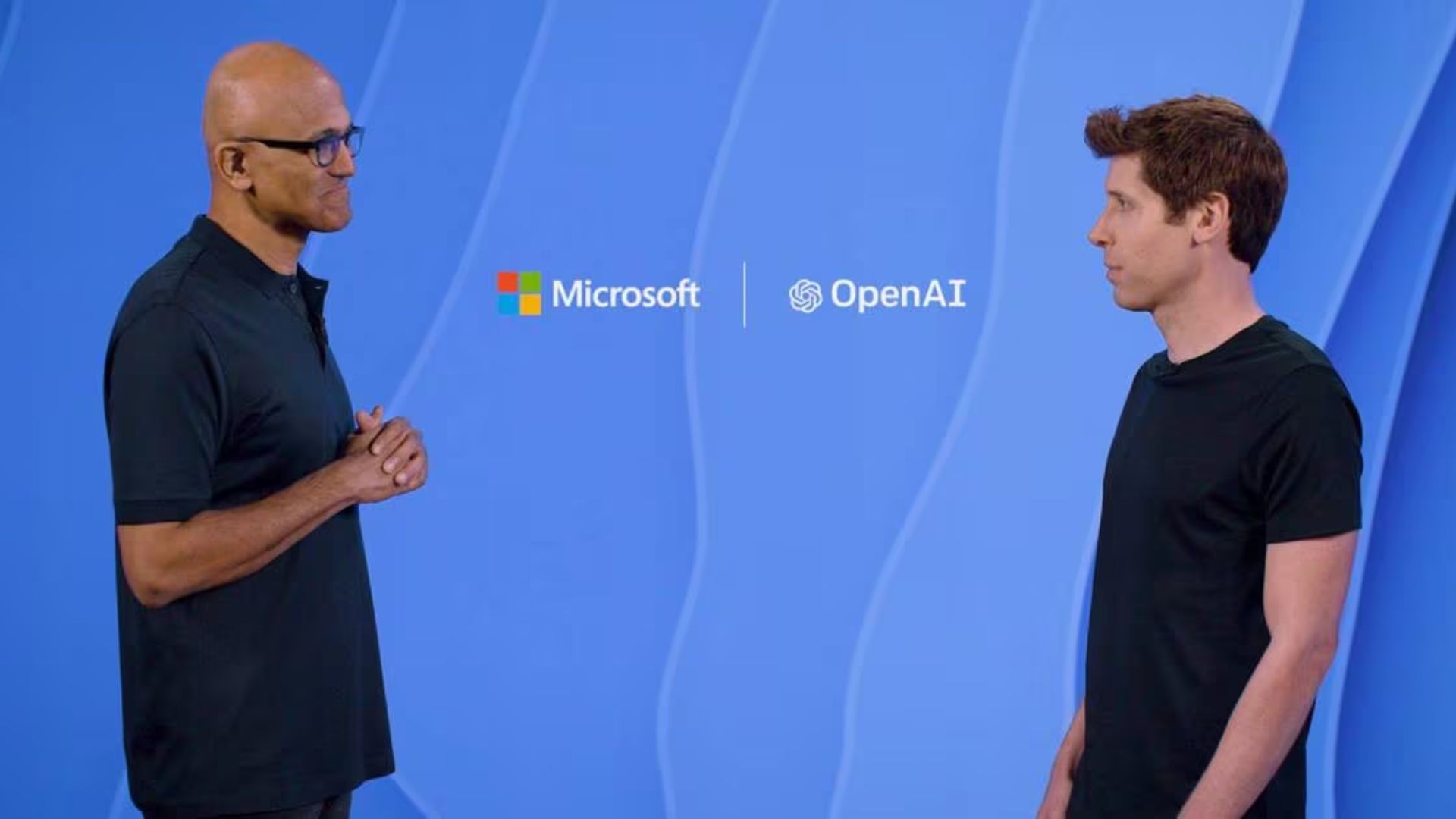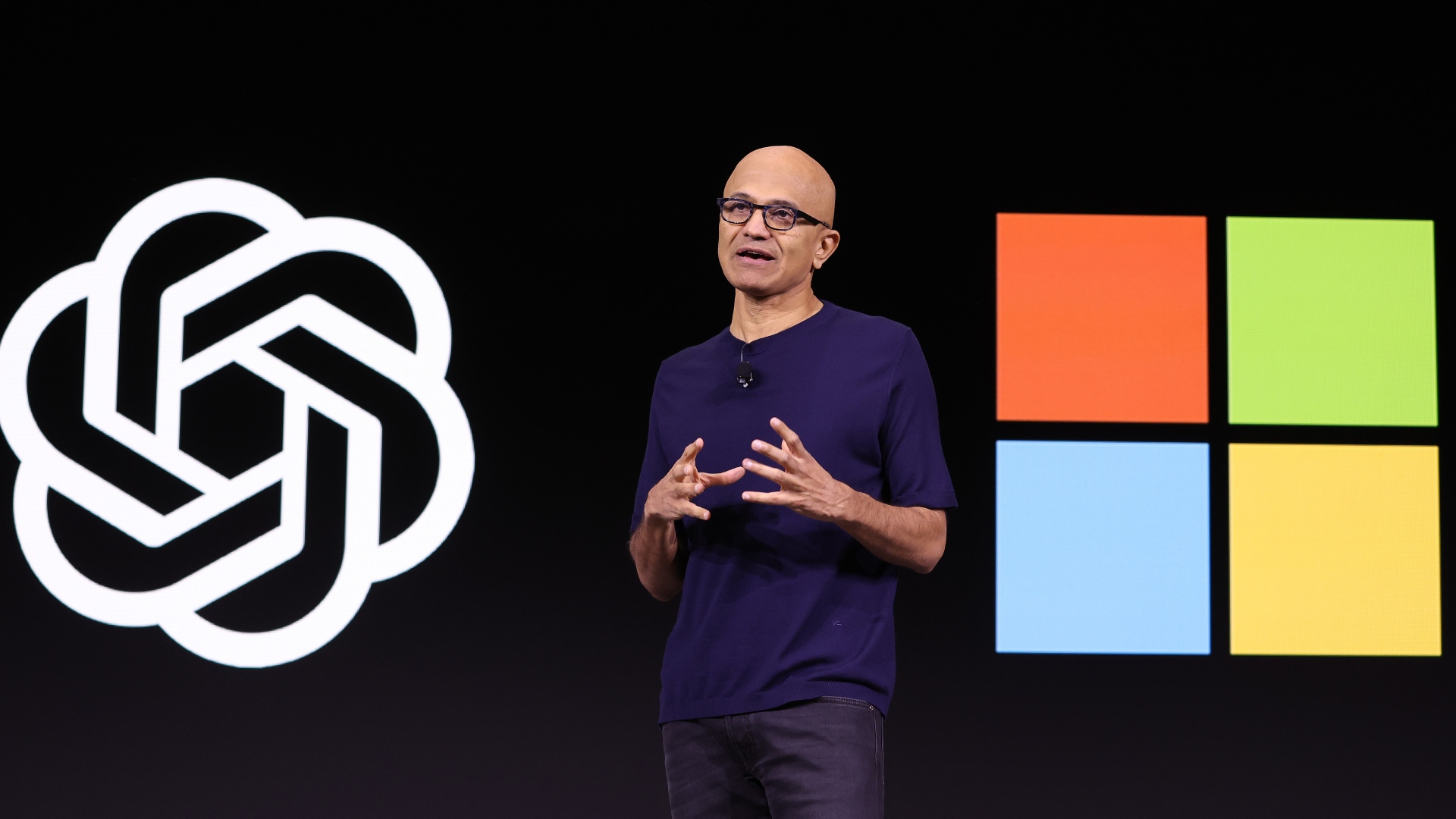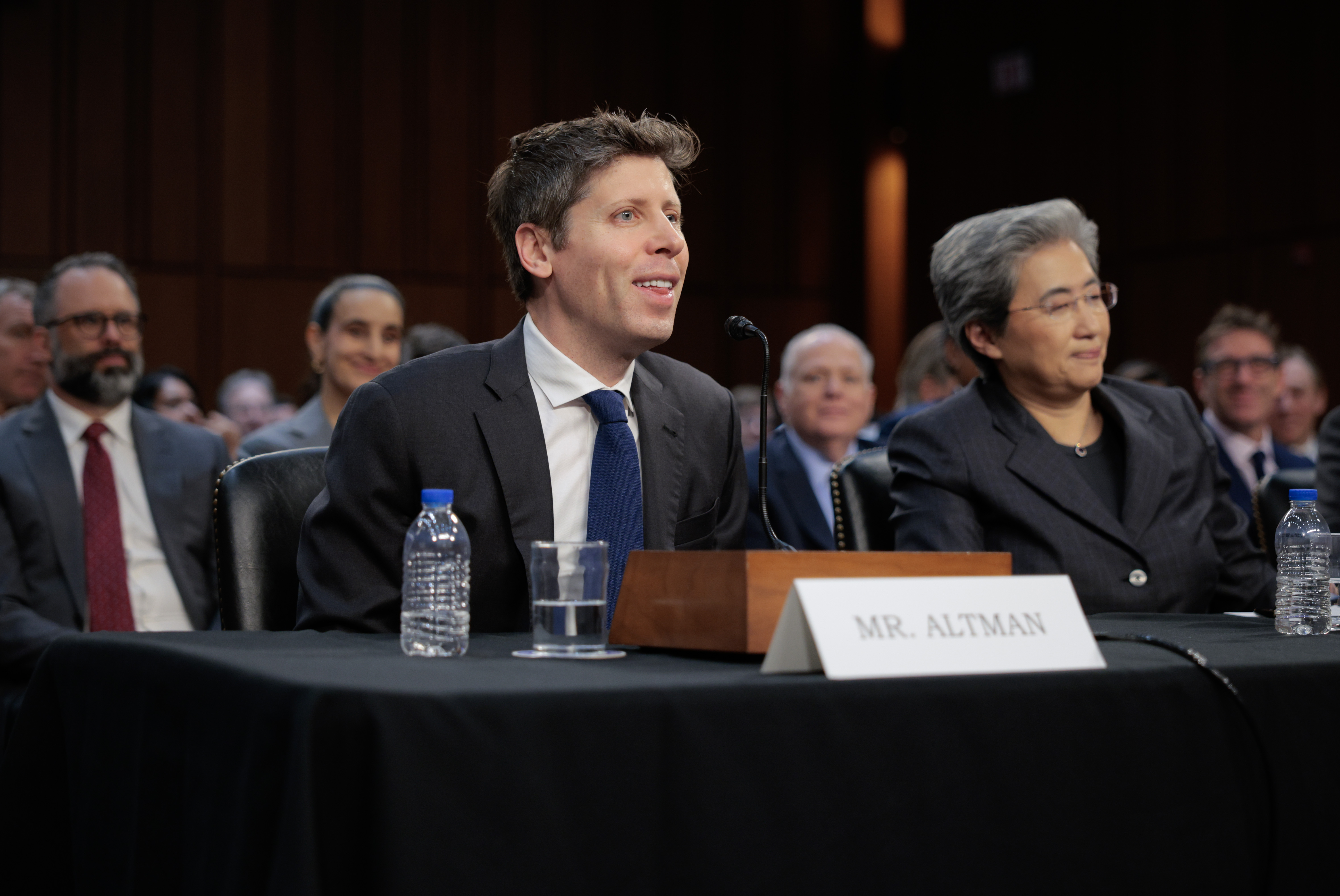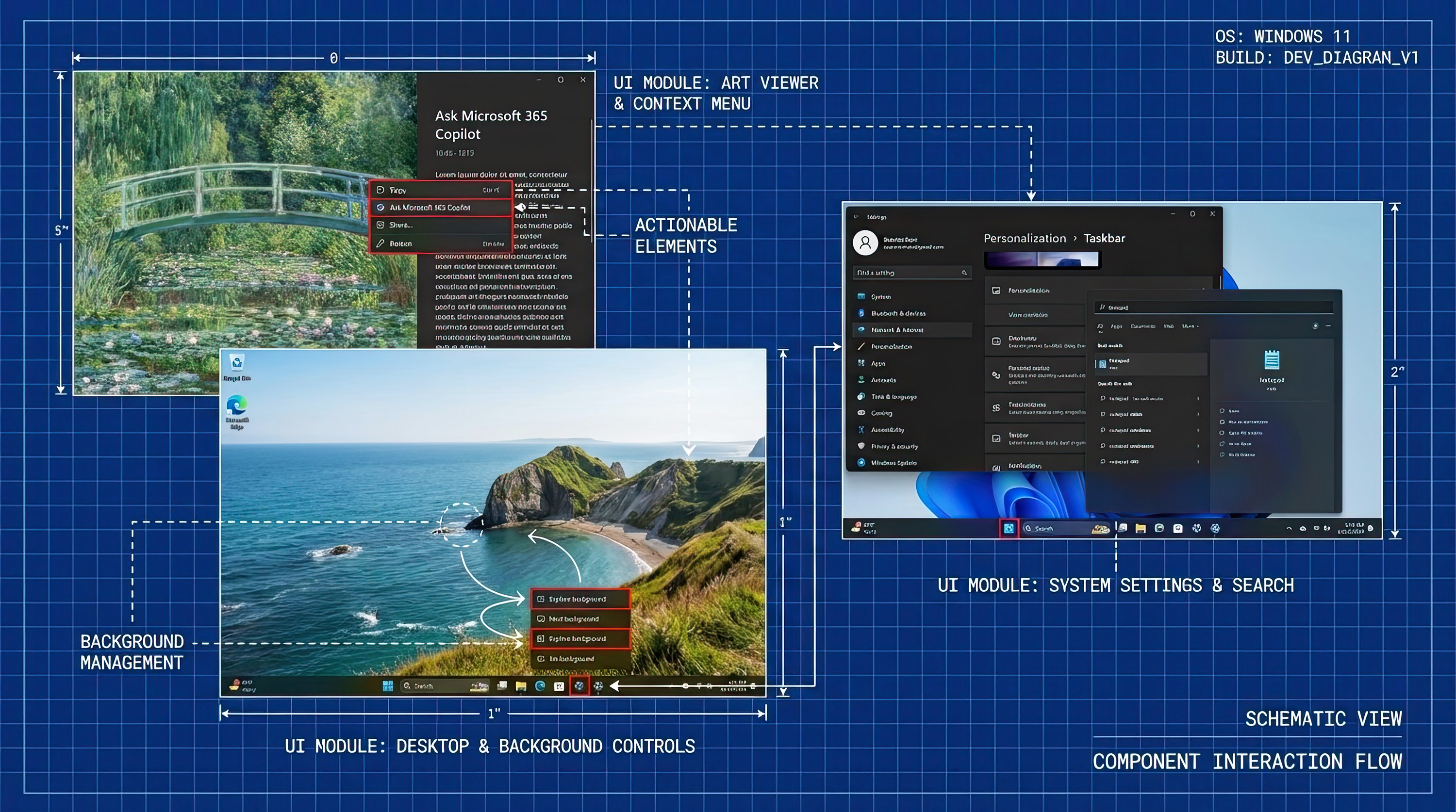"Inside the rift: Why Microsoft and OpenAI's partnership is on shaky ground

OpenAI, creator of ChatGPT, and Microsoft have a complicated relationship, and it's not getting any easier.
OpenAI's newfound freedom to source computing power for its Large Language Model (LLM) from other providers — following the annulment of Microsoft's exclusive cloud provider status — is creating strife on both sides due to the overall deterioration of the partnership.
Comments from one individual with a seat at the OpenAI/Microsoft negotiating table make this clear, according to a new report from The Information: "There are people inside both companies that hate this thing. There are people inside Microsoft that don't like it. There are people inside OpenAI that don't like it. They have lots of reasons for not liking it. The people who don't like what's going on tend to be further away from the details than the people who do know what's going on."
Despite the tension, the two companies are making it work. At least for now. The same source is quoted as saying, "Are there tense moments in the conversations? Absolutely. That's what happens. You still go and you figure it out."
OpenAI's CEO, Sam Altman, hasn't been shy about pressing Microsoft for additional computing power, and Microsoft has done what it can to provide it as it ramps up its database operations.
But OpenAI's demands seem to know no limits as it attempts to realize artificial general intelligence (AGI), to the point that the AI firm is now sourcing compute power from other companies despite the one-time exclusive deal with Microsoft.
This isn't necessarily a bad thing. On Microsoft's side, there are concerns from Chief Financial Officer Amy Hood that catering to all of OpenAI's increasingly expensive demands could harm Microsoft if the servers it builds to run AI don't turn a profit.
All the latest news, reviews, and guides for Windows and Xbox diehards.
OpenAI itself doesn't believe it will become profitable until 2029, and in the meantime, the company is losing billions of dollars per year. OpenAI plans to spend $115 billion on the road to 2029 profitability, which is a whopping $80 billion more than originally projected.
There are people inside both companies that hate this thing.
Worse, the popularity of ChatGPT's mobile app seems to have hit a plateau in the last couple of months at around 72 million users, according to a report from TechCrunch.
It's forecasted that global downloads will be down about 8.1% in October compared to the previous month, which was also down considerably compared to August.
Increased competition from other AI models is undoubtedly playing a role here, but GPT-5 — OpenAI's model that was originally thought to be AGI — had an entirely unimpressive launch in August that undoubtedly killed the hype for a lot of users.
Microsoft's partial breakup with OpenAI might not be such a bad thing.
Microsoft and OpenAI's relationship — broken promises and billions of dollars
It began about six years ago when the AI startup was looking for serious funding to help realize its dreams of artificial general intelligence (AGI); Microsoft stepped in with a $1 billion package, which granted exclusive cloud provider status and gave Microsoft access to ChatGPT to power its Windows 11 Copilot AI assistant.
Microsoft added another $2 billion to OpenAI's pockets in 2021 before shoveling on a $10 billion funding package in 2023. That tidy sum promised Microsoft a share of OpenAI's profits as well as exclusive cloud provider status until 2030.
At least, that was the original plan. In June 2024, a new deal between OpenAI, Oracle, and Microsoft was laid out, which saw Oracle's cloud aid Microsoft's Azure servers in powering ChatGPT.
It didn't take long for OpenAI to ask Microsoft to loosen its tether once again, this time to the tune of 4.5 gigawatts of additional power from Oracle in December 2024.
Around the same time, reports of compute bottlenecks in the AI sector began to appear, which the top AI labs used as a scapegoat for a lack of artificial general intelligence (AGI), also known as the end goal of most of these companies.
The result? Further decoupling of Microsoft and OpenAI as the former backed out of two data center deals and the latter unveiled a $500 billion Stargate project that would see massive data centers built across the US with the help of Oracle and Softbank.
This move effectively ended Microsoft's exclusive cloud provider status, though it continues to hold the right of first refusal and a share of some profits.
Microsoft and OpenAI's rift didn't stop there, with the AI firm announcing a $22.4 billion deal with Coreweave in March 2025 and a deal with Google for server rentals in June.
In September, NVIDIA announced it was investing $100 billion in OpenAI to help speed up the construction of new data centers to the tune of at least 10 gigawatts, followed by an AMD and OpenAI announcement that would see at least another 6 gigawatts of data center power worth tens of billions of dollars.
It's no secret that these massive deals stemming from just a handful of AI and investment firms are creating fears of a circular bubble that, if popped, would implode the market like never before.
Microsoft is, in the meantime, attempting to become more independent in the AI market. Microsoft's Chief Technology Officer, Kevin Scott, spoke with CNBC earlier this month, stating that the company wants to make a move to using its own chips for AI compute, rather than those from NVIDIA and AMD.
Microsoft is also said to be working on "off-frontier" AI models of its own, which are roughly 3 to 6 months behind OpenAI's work. According to Microsoft's AI CEO, Mustafa Suleyman, this move is to help decouple dependence on ChatGPT after the AI firm occasionally ignored its commitments to Microsoft regarding access to its latest AI models.

Follow Windows Central on Google News to keep our latest news, insights, and features at the top of your feeds!

Cale Hunt brings to Windows Central more than nine years of experience writing about laptops, PCs, accessories, games, and beyond. If it runs Windows or in some way complements the hardware, there’s a good chance he knows about it, has written about it, or is already busy testing it.
You must confirm your public display name before commenting
Please logout and then login again, you will then be prompted to enter your display name.


